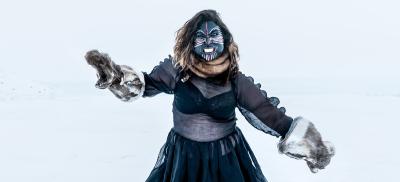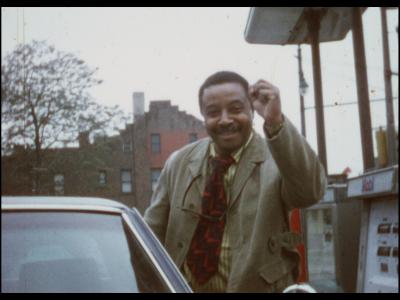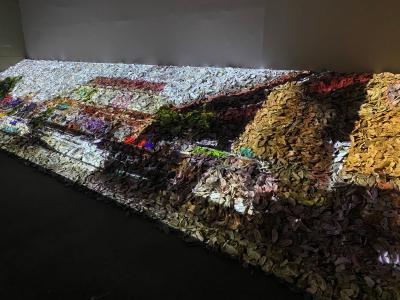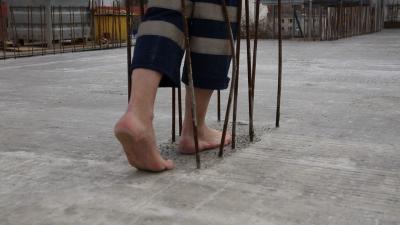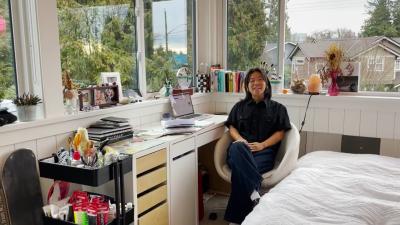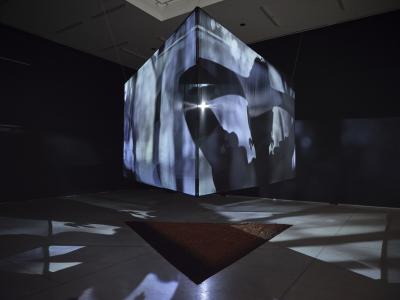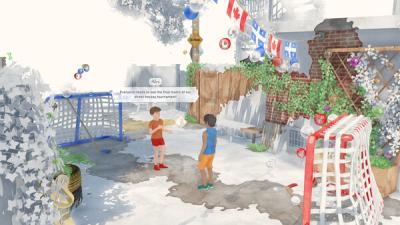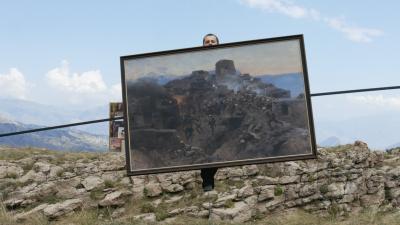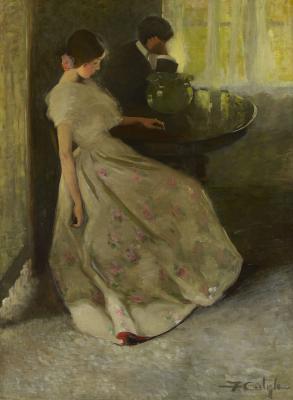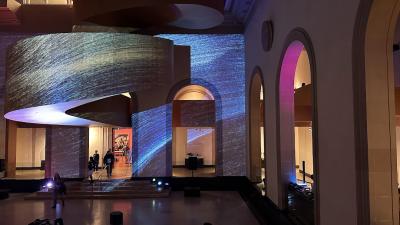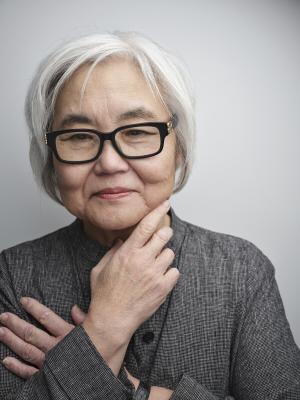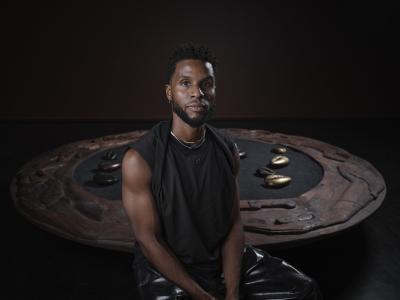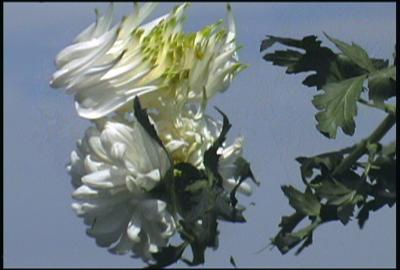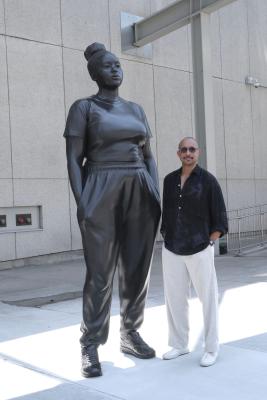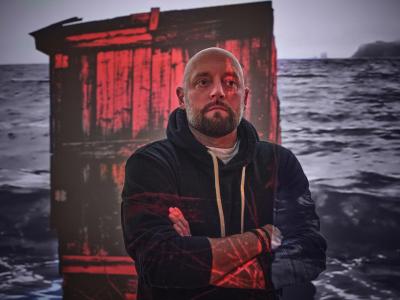Kahlil Joseph and the Black rodeo
The African American filmmaker’s poetic love letter to Grayson, Oklahoma, is on view now at the AGO
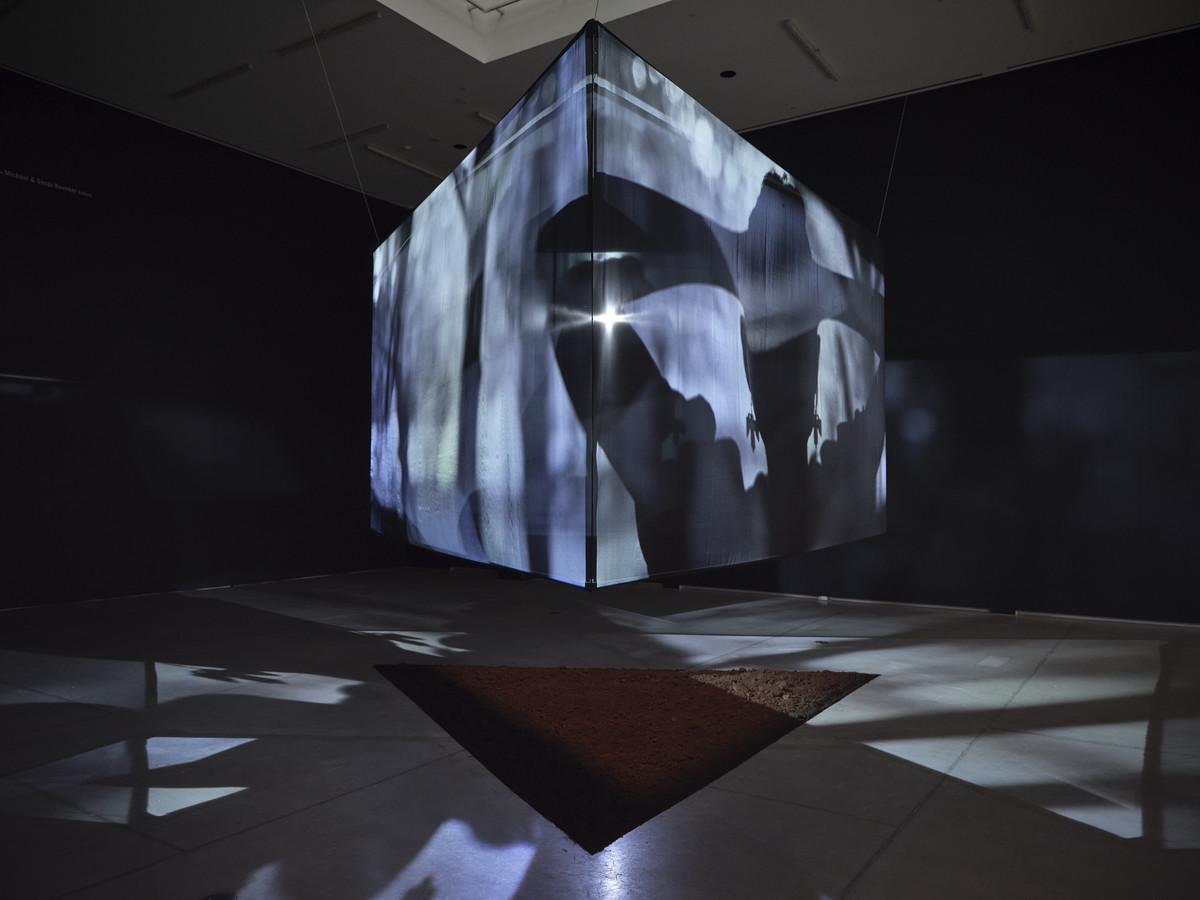
Kahlil Joseph. Wildcat (Aunt Janet), 2016. Three-channel video installation with dirt from Grayson, Oklahoma rodeo, black and white HD video, Running Time: 7 Minutes, 53 Seconds. Art Gallery of Ontario. Purchase, with funds from the Modern and Contemporary Curatorial Committee, 2021. © Kahlil Joseph. 2020/144
With only 130 residents, the rural town of Grayson, Oklahoma, may be small in population, but its legacy is immense. For over a century, the historical Black town has been a bastion of African American cowboy culture, culminating in an annual rodeo that brings together Black bull riders, barrel racers, cowboys and cowgirls from across the Midwest and Southern United States. This deeply important piece of American subculture is seldom highlighted in a national or global capacity – one of the many reasons filmmaker Kahlil Joseph’s Wildcat (Aunt Janet) (2016) is a landmark piece of contemporary art. The massive three-channel video installation is on view now at the AGO, as part of the exhibition Bright Signs: Spotlight on Video Art.
Wildcat is a visual spectacle. The seven-minute short film is projected on three enormous transparent cloth screens positioned in a triangular formation and suspended above a patch of dirt that mirrors their shape. Projecting from opposite sides of the room toward the same central location, each film channel shines through its respective cloth screen, creating a hypnotic overlay effect on the adjacent screen. Immersive audio accompaniment comes by way of an original score composed by award-winning producer and nephew of Alice Coltrane, Flying Lotus.
Photographed by acclaimed cinematographer Malik Hassan Sayeed (Eyes Wide Shut, He Got Game), Wildcat features a poetic mix of portraiture, action sequences and abstract cutaway shots that coalesce to create a stunning document of Grayson. The film is black and white and mostly in slow motion, adding artistic gravitas to action-packed moments of rodeo competitions and bulls being herded in and out of stables. Its central character is a young Black woman in an elegant white dress, depicted in various settings throughout Grayson, ultimately exiting the film atop the back of an ATV. Entering for a brief cameo at the four-minute mark is Brooklyn based artist, clothing designer and descendant of Grayson, Wildcat Ebony Brown. The central character, and Wildcat as a whole, are an homage to the late “Aunt Janet” – legendary Grayson resident and founder of its annual rodeo festival. Shinning a spotlight on unique pockets of African American subculture is a central aspect of Joseph’s approach to filmmaking.
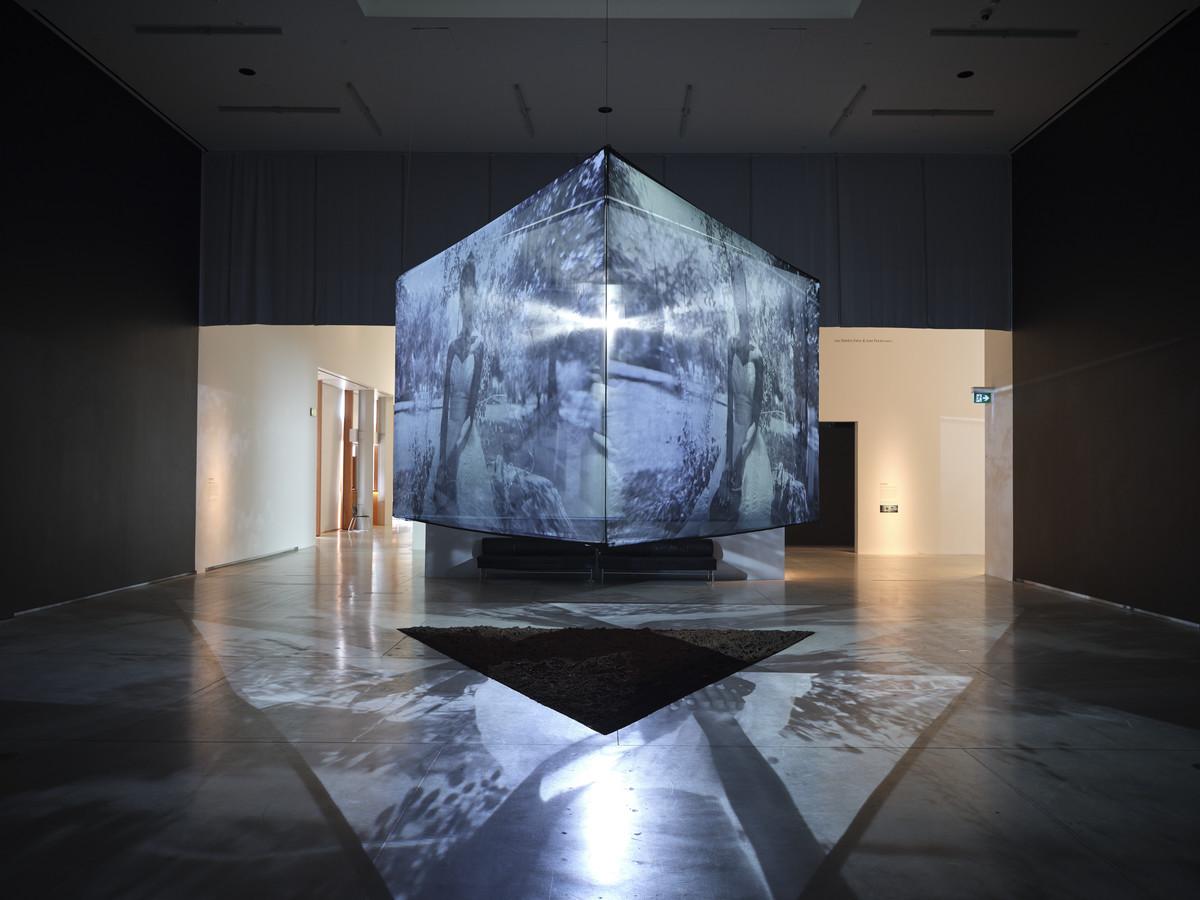
Kahlil Joseph. Wildcat (Aunt Janet), 2016. three-channel video installation with dirt from Grayson, Oklahoma rodeo, black and white HD video, Running Time: 7 Minutes, 53 Seconds. Art Gallery of Ontario. Purchase, with funds from the Modern and Contemporary Curatorial Committee, 2021. 2020/144
Born in Seattle and currently residing and practicing in Los Angeles, film-based artist Kahlil Joseph began his career in the early 2000s working under the tutelage of renowned artist and cinematographer Arthur Jafa. Joseph began conceiving his own projects after assisting and shooting behind-the-scenes footage for Sofia Coppola during her 2010 film Somewhere and Terrence Malick during his 2012 film To the Wonder. His first major directorial acclaim came via the Grand Jury Prize for Short Films at the Sundance Film Festival 2013 for his film Until Quiet Comes, which doubled as a music video for Flying Lotus’ song of the same title. Since then, he has directed visionary shorts for Kendrick Lamar, Beyoncé, and others. Joseph’s 2019 two-channel film installation BLKNWS subverts the network news template, using found and original footage to take viewers on a surreal journey through a multiverse of Black culture. It premiered at the 2019 Venice Biennale, cementing Joseph as a major force in the contemporary art world.
Wildcat (Aunt Janet) is on view now as part of Bright Signs: Spotlight on Video Art, on level 5 of the AGO. On view until October 14, 2024, the exhibition features time-based media works exclusively from the AGO Collection.
